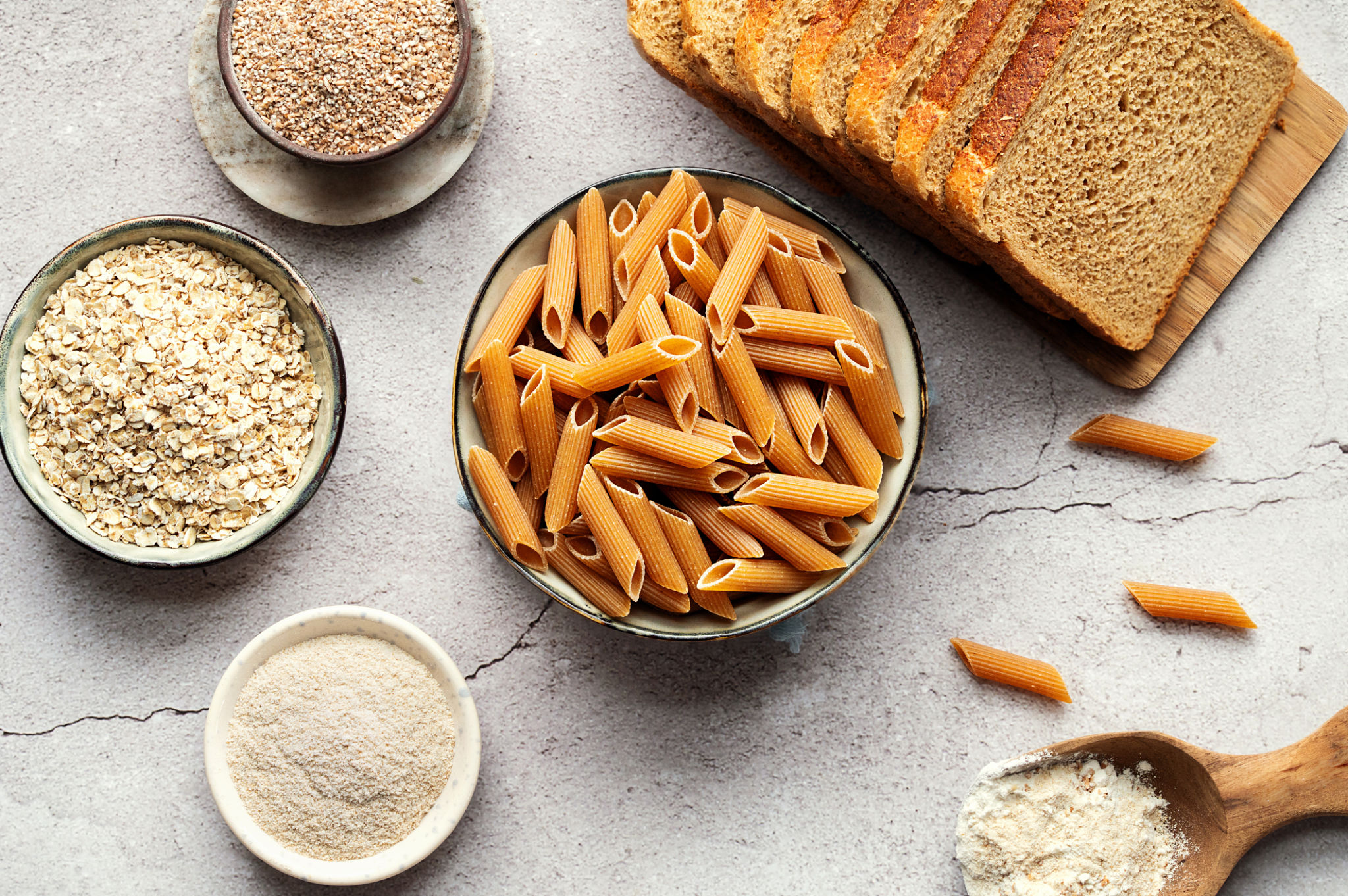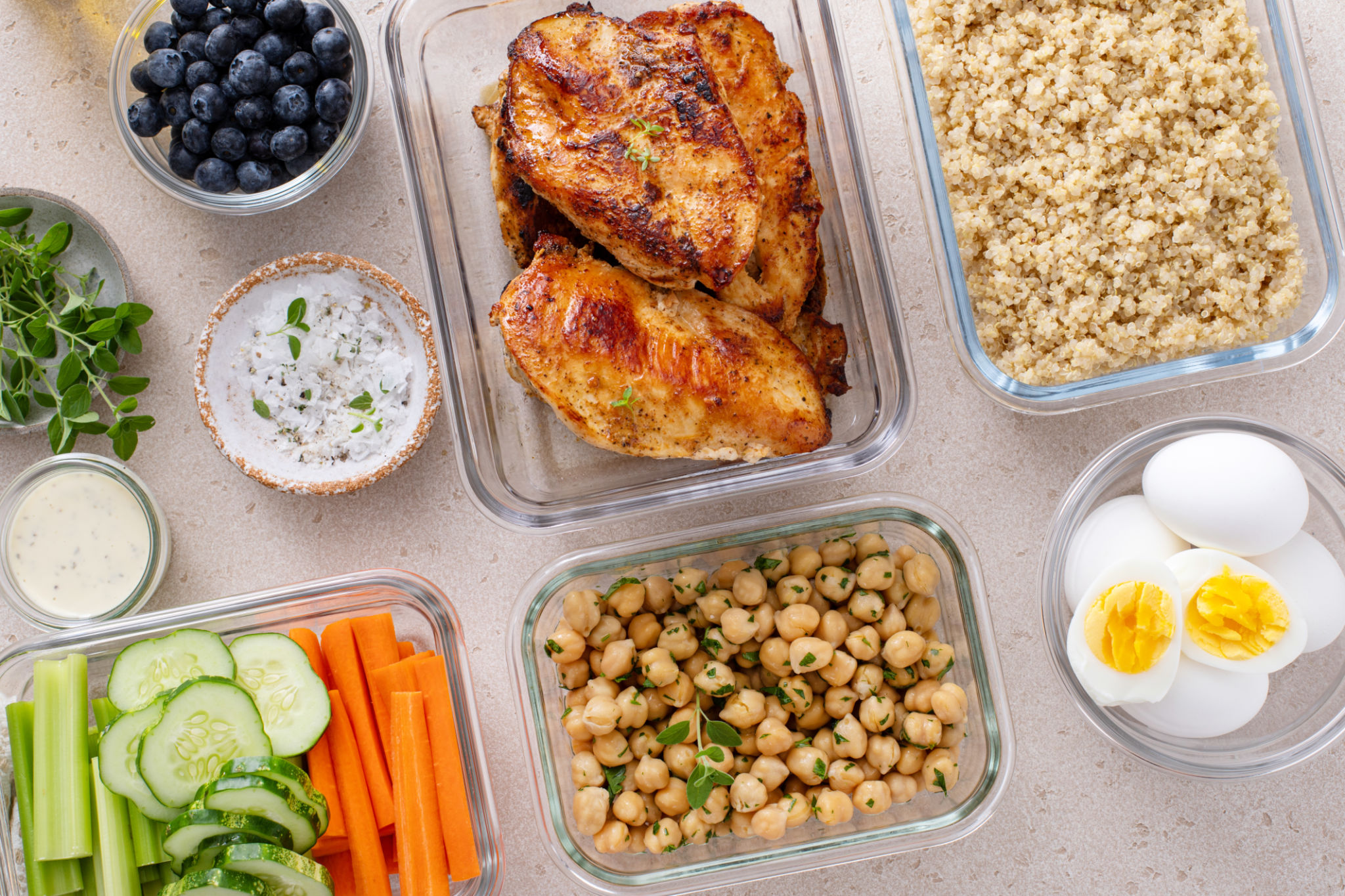DIY Tips for Healthy Eating from a Naples Dietitian
Embrace Whole Foods
When it comes to healthy eating, incorporating whole foods into your diet is a great starting point. Whole foods are unprocessed and unrefined, or processed and refined as little as possible. They provide essential nutrients that are often lost in processed foods. Fruits, vegetables, nuts, seeds, whole grains, and lean proteins are excellent choices for a nutritious diet.
To make this transition smoother, try gradually replacing processed foods with whole foods. For instance, swap white rice for brown rice or quinoa, and opt for whole-grain bread instead of white bread.

Plan Your Meals
Meal planning is a crucial step towards maintaining a healthy diet. By planning your meals in advance, you can ensure a balanced intake of nutrients while also saving time and reducing waste. Start by setting aside a specific day each week to plan your meals.
Create a shopping list based on your meal plan to avoid impulse purchases. Consider preparing meals in batches to have ready-to-eat options throughout the week, which can help you avoid unhealthy takeout options.

Portion Control
Understanding portion sizes is vital for healthy eating. Even nutritious foods can contribute to weight gain if consumed in large quantities. Use smaller plates and bowls to help control portion sizes visually.
When serving meals, fill half your plate with vegetables, a quarter with protein, and the remaining quarter with whole grains. This method ensures a balanced meal and makes it easier to avoid overeating.

Stay Hydrated
Proper hydration is often overlooked in discussions about healthy eating. Drinking enough water is crucial for overall health and can aid in digestion and nutrient absorption. Aim to drink at least eight 8-ounce glasses of water per day, but adjust based on your activity level and climate.
If you find plain water unappealing, try infusing it with slices of citrus fruits or berries for added flavor without added sugars.
Snack Smartly
Snacking doesn't have to derail your healthy eating goals. Choose snacks that are nutrient-dense rather than calorie-dense. Options like fresh fruit, Greek yogurt, nuts, or a small serving of hummus with veggies can keep you satisfied between meals.
Avoid snacks high in sugar and unhealthy fats. Reading labels can help you make more informed choices and pick healthier alternatives.

Mindful Eating
Mindful eating involves paying attention to the taste, texture, and aroma of your food while eating slowly and without distraction. This practice can help you enjoy your meals more and prevent overeating by allowing your body to signal when it's full.
Try eating in a calm environment without screens or other distractions to fully engage with your meal.
Cook at Home
Cooking at home allows you to control the ingredients and portion sizes in your meals. It can also be a fun and rewarding experience that fosters creativity in the kitchen. Start by experimenting with simple recipes that require minimal ingredients.
By cooking more often, you can better understand what goes into your meals and make healthier choices that align with your dietary goals.

Seek Professional Guidance
If you're unsure about how to start or maintain a healthy eating plan, consider consulting a registered dietitian. They can provide personalized advice and support based on your unique needs and lifestyle.
A professional can help you set realistic goals and offer strategies to overcome any challenges you may face on your journey to healthier eating.